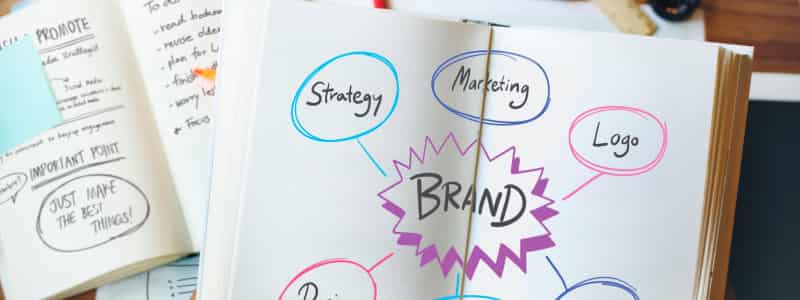Protecting your new logo
A logo is one of the most important creative assets your business will have. Logos evoke brand recognition, loyalty, and keep your business in the minds of consumers. As a new business owner, it’s likely that your logo will be one of the first things you think about. Platforms such as BrandCrowd provide useful tools to help you design your own logo. Protecting your new logo will prevent other businesses from using one substantially similar and keep your brand distinct.
1. Conduct a Trademark Search
Even when you think you’ve got the perfect logo, it’s important to do a search on IP Australia’s Trademark Search Tool. This will allow you to see what trademarks have already been registered and if any that are registered, are similar to yours. If you do end up using a logo that’s similar to a registered trademark, you could be inadvertently infringing someone else’s trademark and face legal action.
2. Register your business name
It’s likely that your logo will incorporate your business’s name. Many businesses form their logos based off of their name – just think Apple, Facebook and McDonalds. This is why it’s a good idea (especially if you’re operating as a sole trader) to register your business’s name. If your company name is different from your trading name, you should also register it as a business name. Once you’ve registered a name for your business, you can trademark it as well.

Get the perfect custom design, every time with DesignCrowd
Get your logos, website, and graphics taken care of easily online.
Get started3. Trademark your logo (and all variations of it)
Along with your business name, it’s always a good idea to trademark your logo. Protecting your new logo will prevent others from copying or misusing it. Further, have a registered trademark means that you can use the ® symbol on your logo and business name. This will signify to others that you’ve registered a trademark for your logo and business name. In the time between filing your trademark application and when it’s approved, you can use the TM symbol to indicate that you have a trademark application pending. Beyond trademarking your main logo, it’s possible that you may have variations as well. For example, if your business’s colour scheme is blue and green, you might want to have one logo in blue and one in green. It’s also good to have a variation of your logo in a neutral colour such as black or white. Having these variations for your logo will allow you to use and adapt it to different materials, but it’s important to remember a trademark only protects the asset you file it for.
4. Have legal protection on your website
The majority of modern businesses run websites, which prove instrumental in connecting with and marketing to customers. Websites should have a design which is in sync with your business’s colour and general design theme. Although your logo on your website will be protected if you have a trademark, other contents of your website won’t necessarily be. Having a Terms of Use and copyright notice on your website will help protect the contents on your site. A Terms of Use document will inform users what conduct is and is not acceptable on your site (such as plagiarism) and a copyright notice will reinforce your creative rights.





